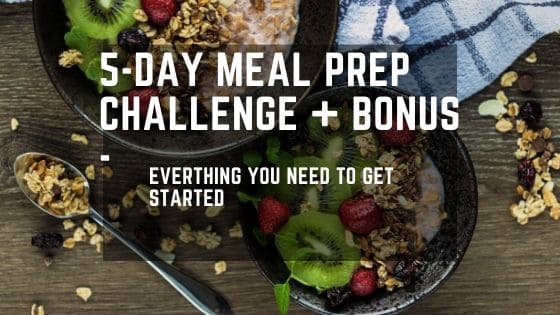Last Updated on December 6, 2020 by TheMealPrepNinja
Meal prep freeze or refrigerate
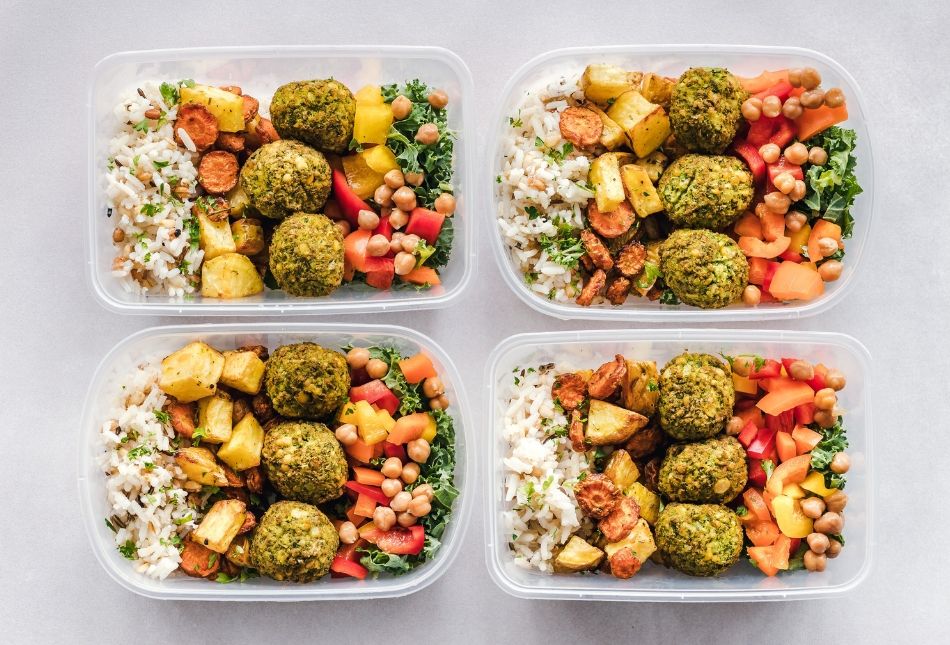
Keeping Food Fresh and Healthy – meal prep freeze or refrigerate
One of the most important – perhaps the most import aspect of meal prepping is how best to keep meal prep foods fresh and fit for consumption.
The very last thing anyone wants is for yourself or someone to get seriously ill. This is especially true when you meal prep for several days at a time. Even best-stored meals can eventually go bad. This can lead to the growth of bacteria such as E. coli and salmonella.
The symptoms of such food poisoning are pretty unpleasant, including:
• Diarrhea
• Fever, chills
• Nausea, vomiting
• Abdominal cramps
Should something like that happen, it could not only put you out for a few days but could also land you in the hospital.
Some meal prep food can be prepared many days in advance without risking spoilage, nutrient loss or taste. These are ingredients or meals that can be safely frozen. I normally leave two days worth of food in the refrigerator and put everything else in the freezer.
Other meal prep food should not be frozen. Some meals and ingredients can be safely refrigerated for a few days without losing flavor or texture. Other foods just taste best when really fresh. I normally do not freeze salads or other fresh produce.
So, you should spend some time getting organized.
1. Decide the day when you wish to serve the food
2. Make a list of dishes and ingredients you want to have ready to serve on that day.
3. Determine which foods or dishes can be frozen, which are just best when very fresh, and which you can refrigerate.
4. Check available space for refrigerating and freezing. Since some foods can be either frozen or refrigerated, your planning should take space into account.
5. Finally, figure out what you need to meal prep when (with regard to the cooking time and available cooking space).
The last point might require a lot of multitasking. If you are new at this, start with simpler and with fewer meals. You will eventually get the hang of it!
Once you have come up with a menu and a schedule and want to organize meal prepping. The first thing you will want to consider is whether to refrigerate or freeze your meals. As I mentioned, I like to freeze everything except two days worth of food. Unless it is something like fresh salads or avocados.
Meal prepping: refrigerate or freeze?
You want to store your meals for maximum freshness. Taste matters! This is particularly true for the person who is going to be eating the food. After all, food freshness and taste are what will satisfy your taste buds and make it easier to stay on track.
So… refrigerate or freeze?
Refrigeration: 30 minutes after cooking
It is best to place meal prep food in the refrigerator within two hours of preparation (stove or oven). The longer heated food remains at room temperature, the greater the risk of illness-causing bacteria forming.
Your refrigerator should be set at 40 Fahrenheit (4 Celsius) or lower.
You should refrigerate your meal prep food a maximum of four days. Actually, two to three days would be better and safer. Plan your meal prep food so that you prepare the food you want to refrigerate three days before it will be served.
Of course, this guideline also depends upon the meal prep food in question.
Cooked beef, chicken, fish and deli meats can be refrigerated for 3-4 days. This is also true for cooked grains and pasta. Non-leafy salads including these meats can be stored up to 5 days. This also goes for casseroles, soups, and stews.
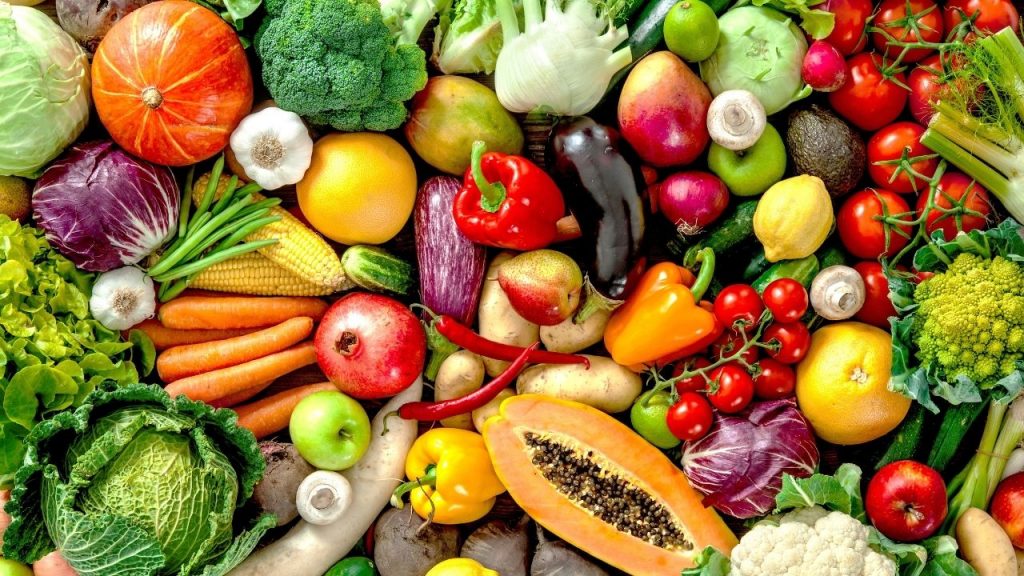
Fresh fruits and vegetables will keep longer if you don’t wash or cut them. Once you’ve done that, however, they will keep freshness for a maximum of only four days. For the sake of taste, however, fresh fruits and vegetables should really be enjoyed as fresh as possible.
If ever in doubt, the US FDA can provide you with a Refrigerator & Freezer Storage Chart. Just look it up online.
Be aware that a refrigerator will tend to dry out food. Refrigerators circulate cold dry air, which sucks moisture from food.
For meal prep freshness, it is especially important to store the food in proper containers. Containers should be airtight. This is primarily because harmful bacteria love oxygen! The best containers are those that also allow you to remove excess air before sealing it.
Freeze (almost) anything
If you need to preserve meal prep food for more than 2-4 days, then you need to freeze it. But beware, not all foods should be frozen if you want to maintain the food’s essential character.
Fruits and vegetables with high water content will lose their crispness in the freezer. This is because freezing crystallizes the water content. When these meal prep foods are thawed, the water runs off or evaporates. Freezing also damages the foods cell structure, breaking down the cell walls. Such foods get soggy as a result.
Typical foods that you should not freeze are:
Vegetables and fruit
• Lettuce, cabbage and other leafy vegetables (e.g. spinach)
• Squashes of any type (including zucchini)
• Tomatoes, cucumbers, eggplant
• Raw potatoes
• Most fruit
Other foods
• Eggs and any egg-based sauces
• Thoroughly cooked pasta
• Soft cheeses and cultured dairy products
• Deli Salads
If you are preserving any of the above vegetables or fruit for the purpose of cooking them, however, freezing is fine. You can make zucchini soup, tomato sauce, peach jam, etc. perfectly well with frozen ingredients.
Some vegetables do perfectly well in the freezer. These typically include legumes (beans, including string beans), corn (maize), peas, broccoli, carrots, and cauliflower.
Frozen meal prep ingredients meant to be consumed hot can also include tubers like potatoes and sweet potatoes.
Of course, if you’ve prepared a salad with any of these ingredients, you don’t want to freeze it!
Most food prep professionals will Blanche beans before freezing. String beans can be frozen without blanching, but you should first remove the tips. You should also not freeze whole bunches of broccoli or cauliflower. Instead, chop them into florets first.
Meal prep freeze or refrigerate
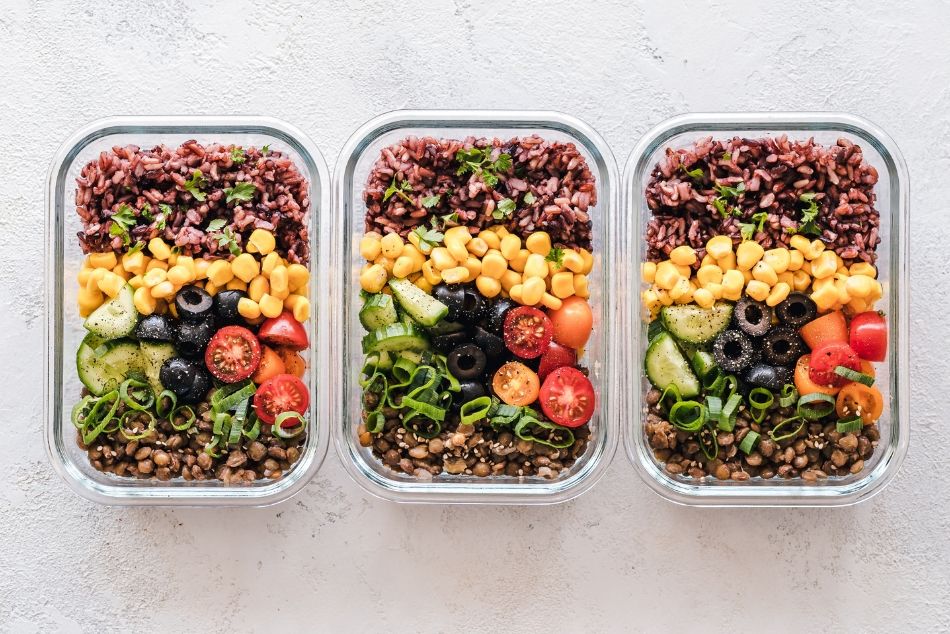
Glass containers are best for freezing (and for reheating).
Of course, glass containers are not flexible, and so they can take up more space than is convenient. If you want to use plastic, the best for this purpose are Ziplock bags. Make sure that the Ziplock bags are designed for freezing (not all of them are!)

For best results, use a straw to suck the air out of the bag right before you seal it. This will prevent freezer burn. There is another technique where you dip the bag in water well you seal what’s in it so that it sucks out all of the air.
In any case, always make sure that the container you choose really is suitable for freezing. If you intend to reheat meal prep food in the same container, check that it is safe for the microwave or the oven.
Let cooked meal prep food cool to room temperature before freezing.
Freeze these meal prep foods
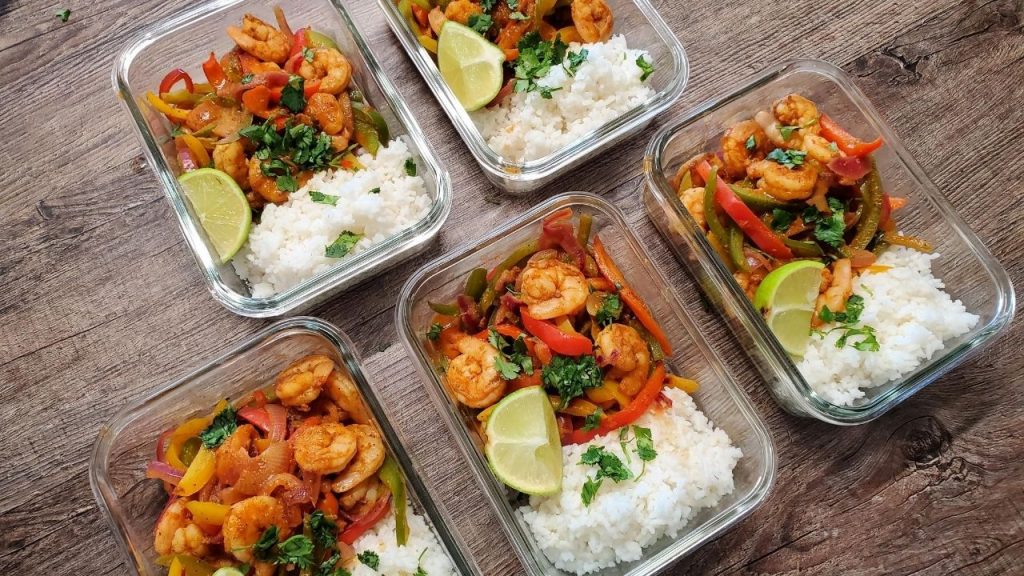
There are even some dishes that benefit from freezing!
In essence, anything made with cooked protein, beans and other legumes (lentils), potatoes and other tubers.
Such cooked dishes are typically stews, sauces, chili con carne, and soups can actually taste better when frozen and then reheated. As already mentioned, freezing also breaks down cell structure, which can allow these foods to release even more flavor.
Again, don’t forget to consider the space you have available when deciding what to refrigerate and what to freeze. If your food prep threatens to take up too much space in the refrigerator, then consider what you can safely freeze.
Thawing and reheating meal prep food
It is important to know just when your meal prep food should be ready to eat before thawing it.
There are two ways to recommend for thawing your meal prep food.
You can thaw frozen food in the refrigerator overnight. Thawing frozen foods directly at room temperature can cause those dangerous bacteria to breed!
Please note: Despite what you might think, freezing food does NOT kill bacteria. So, any little organisms present are just waiting for favorable conditions to multiply (warmth!)
To get faster results, you can thaw the food in cold water. If you do this, make sure to keep an eye on it. If the water gets too warm… (you guessed it: bacteria!)
When you reheat meal prep food, spread the food around the container so as to ensure even heating, stirring the dish if possible.
Keep a lid on the food, but do not seal it tightly in order to allow heated air to escape (unless you want a “food-splosion!”). Covering food while reheating also prevents the food from drying out, and the hot steam also helps kill off bacteria.
What you want is to bring the meal prep food up to at least 165 degrees Fahrenheit (74 Celsius). This temperature is enough to kill off any bacteria that may have begun to breed.
Meal prep freeze or refrigerate
Microwave or not to microwave?
Despite everything you might have heard, microwaves are completely safe.
No, microwaves do not contaminate food with radiation.
Although microwaving might not be the best way of preparing cooked food, it can be an excellent option for reheating pre-cooked meal prep food.
Microwaves might even be better at preserving nutrients than conventional ovens. This is because they heat food more quickly. Heating with ovens or stoves, on the other hand, often involves boiling water. This causes a lot of the nutrients to escape into the water.
If you have stored your frozen food in plastic meal prep containers, please pay attention.
DO NOT cook, microwave or otherwise reheat food in plastic containers. Such containers can leach BPA (Bisphenol-A) into the food. This is an endocrine disruptor that can alter hormones in the body. Too much of this can lead to cancer, damage to reproductive organs and birth defects, among other unpleasant health hazards.
Ideally, you should really only use containers that are good both for freezing and for reheating. You should look for containers with the following properties:
• BPA free
• Dishwasher safe
• Microwave safe
• Freezer safe
• Reusable
Considering everything already mentioned, if you are serious about meal prepping, you should only have those kinds of food containers in the house.
You can throw out the rest (or just don’t use them as food containers). I currently use both BPA free Microwave safe plastic container and glass containers.
I hope this article has been helpful in deciding if you want to refrigerate or freeze your food. As I mention I use both methods to keep my foods fresh healthy and safe. Meal prep freeze or refrigerate
Are you looking for healthy meal prep recipes?
12 best airtight food containers
Jim Lopez, the founder and editor of The Meal Prep Ninja, shares his journey from a passionate bodybuilder and fitness enthusiast to a certified nutrition coach. Certified by Precision Nutrition, Jim aims to empower others with knowledge on meal prep and nutrition, offering resources for busy individuals to enjoy low-calorie, tasty foods. His blog is a community for sharing healthy eating habits and meal prep recipes


